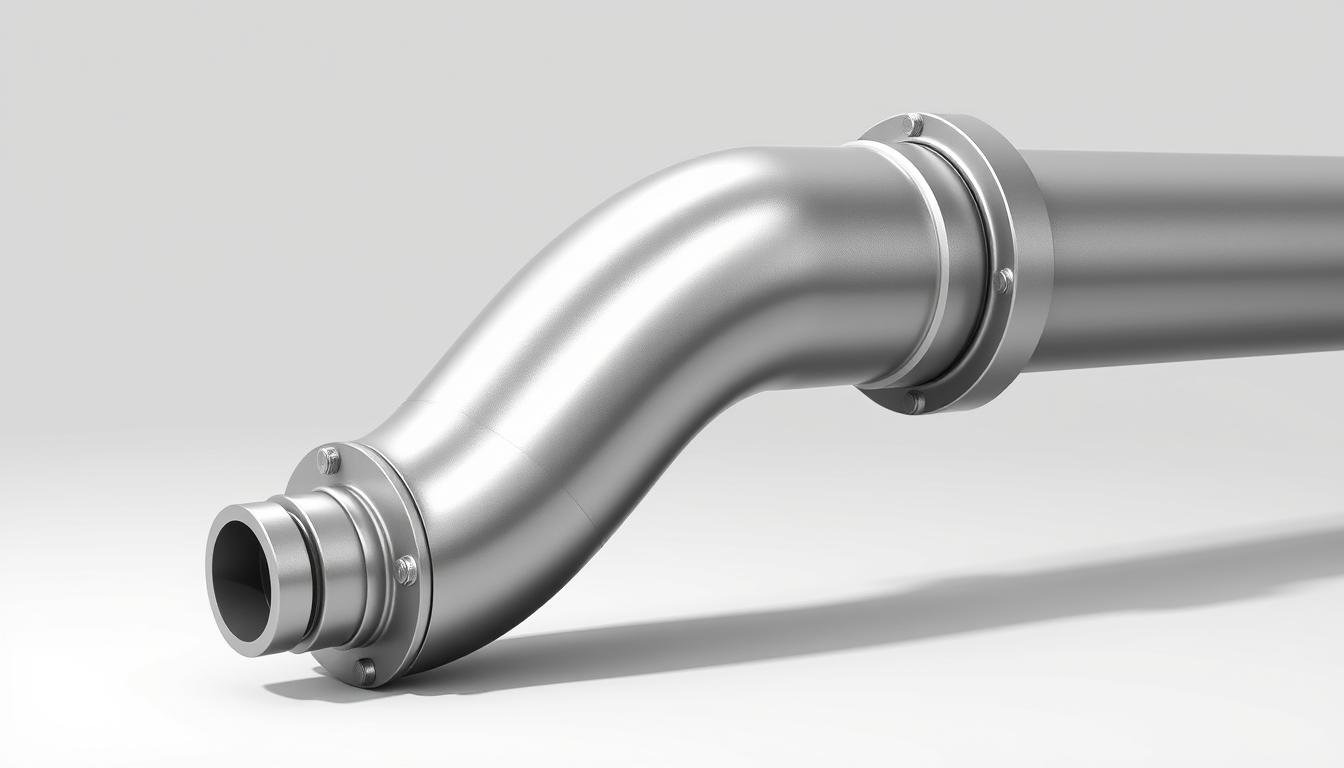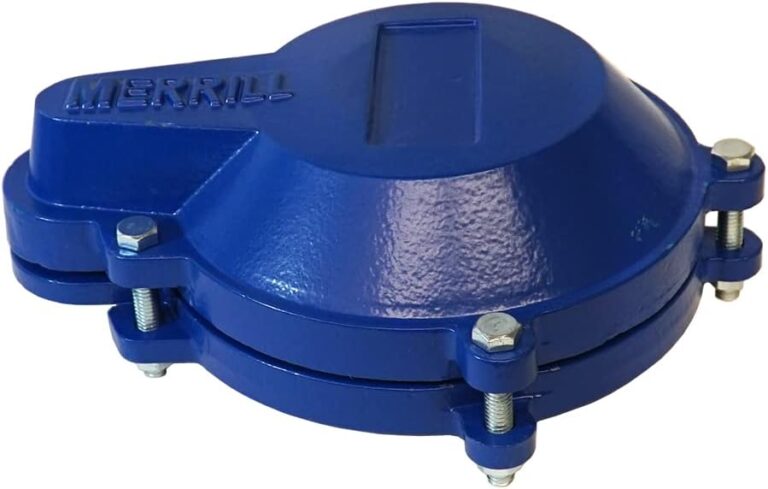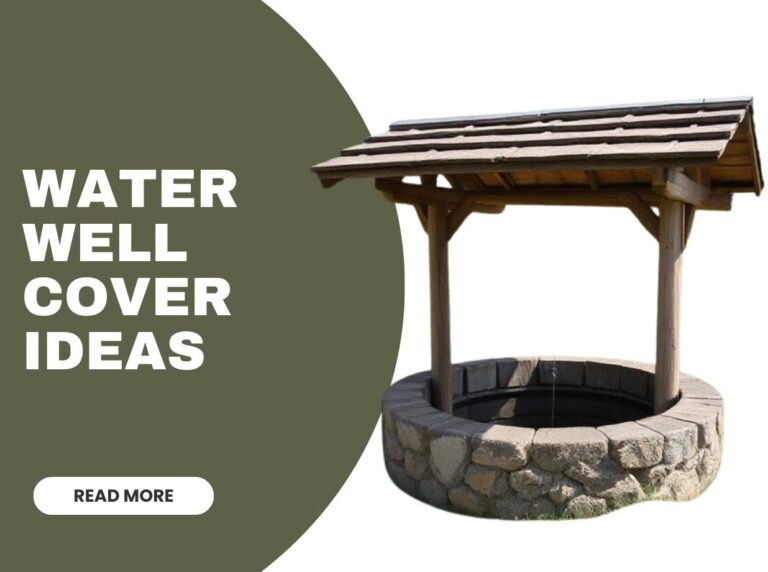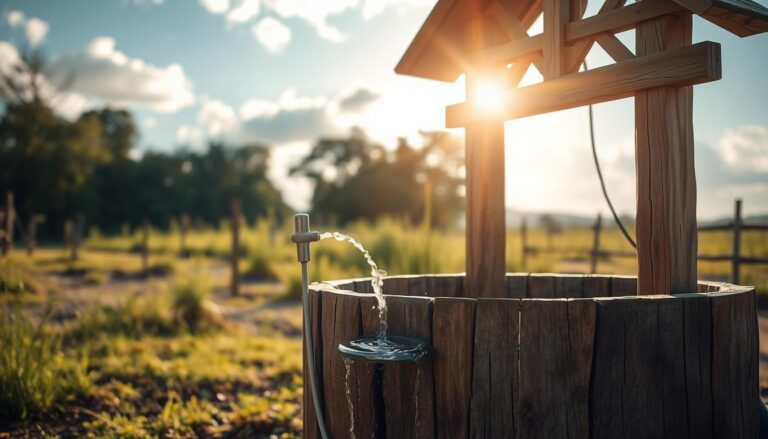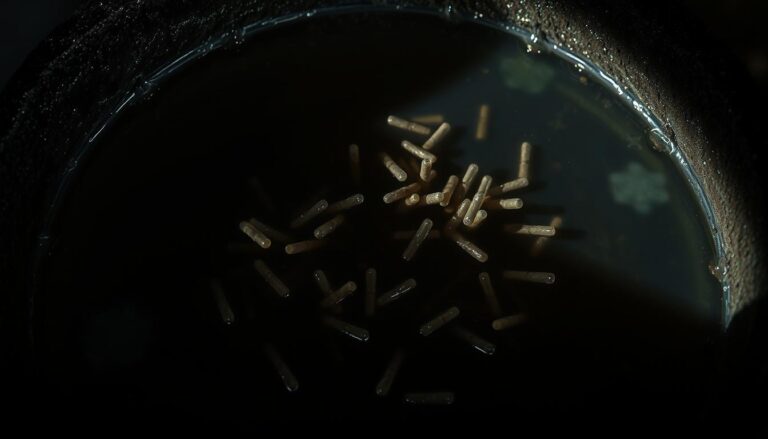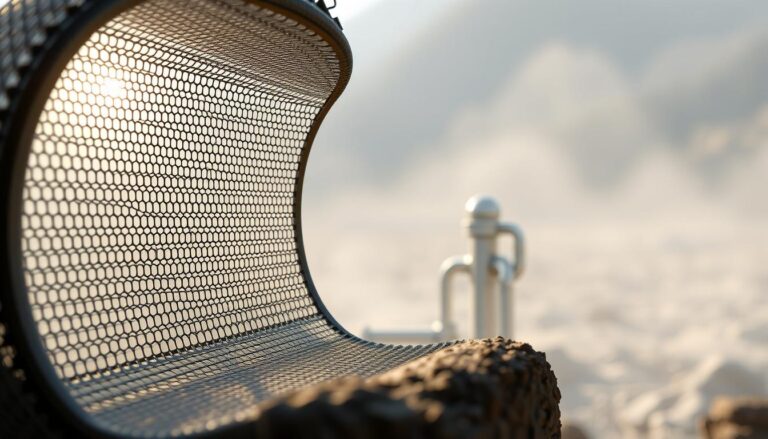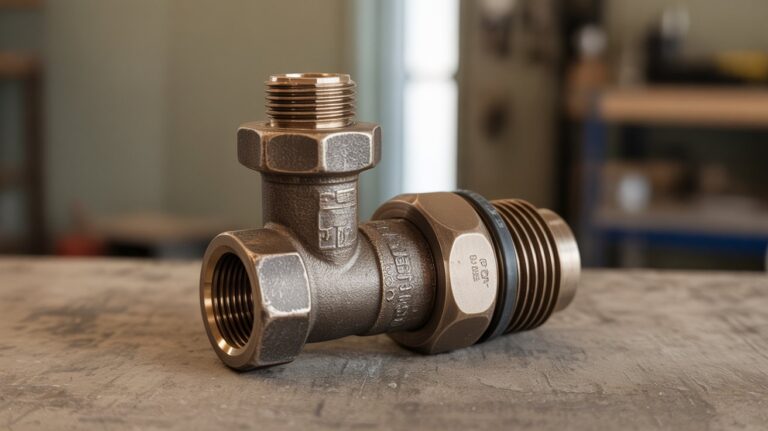What is a Drop Pipe? Understand the Basics
Have you ever wondered how wastewater is efficiently transported from fixtures like sinks and toilets to the sewer or septic system? The answer lies in a crucial component of plumbing systems known as a drop pipe.
A drop pipe plays a vital role in plumbing by allowing for the safe and efficient disposal of wastewater. Essentially, it is a vertical pipe that connects fixtures to the drainage system, facilitating the flow of wastewater away from living spaces.
Understanding the basics of a drop pipe is essential for homeowners and professionals alike to ensure proper plumbing system functioning and to identify potential issues before they become major problems.
Key Takeaways
- Definition of a drop pipe and its role in plumbing systems.
- Importance of drop pipes in wastewater disposal.
- How drop pipes contribute to the overall efficiency of plumbing.
- Common applications of drop pipes in residential and commercial settings.
- Basic considerations for maintaining drop pipes.
What is a Drop Pipe? Definition and Basic Function
Drop pipes play a crucial role in various plumbing applications, but what exactly are they? A drop pipe is essentially a pipe that connects a submersible pump to the surface in water wells or is used in drainage and waste systems. Understanding the drop pipe definition is essential for appreciating its role in plumbing.
The terminology surrounding drop pipes can vary, with different industries or regions using distinct terms. Exploring common terminology and industry names helps clarify the concept and its applications.
Common Terminology and Industry Names
In the plumbing and water management sectors, a drop pipe is also known by other names, depending on its application and location. For instance, in water wells, it’s often associated with submersible pumps, while in drainage, it’s referred to in relation to its function in waste management systems.
The Role of Drop Pipes in Plumbing Systems
Drop pipes are integral to the functioning of various plumbing systems. They are used in different contexts, including:
Water Wells and Submersible Pumps
In water wells, drop pipes connect submersible pumps to the surface, enabling the efficient extraction of water. For more information on water collection methods, you can visit this resource on creative ways to collect water at home.
In drainage and waste systems, drop pipes play a critical role in managing wastewater and ensuring that it is properly directed and disposed of. Understanding the drop pipe uses in these systems is vital for maintaining effective waste management.
By grasping the concept and applications of drop pipes, individuals can better appreciate the complexity and importance of plumbing systems in everyday life.
The History and Evolution of Drop Pipes
Drop pipes have undergone significant transformations since their inception, driven by advances in materials and technology. The evolution of drop pipes reflects broader trends in engineering and materials science, adapting to the changing needs of plumbing systems.
Early Development and Materials
The early development of drop pipes was characterized by the use of materials such as clay, wood, and metal. These materials were often prone to leakage, corrosion, and other issues, limiting the effectiveness and longevity of drop pipe systems. As noted by industry experts, “the choice of material has always been crucial in the development of drop pipes.” The use of new materials and technologies has been instrumental in improving the performance and durability of drop pipes.
Modern Innovations in Drop Pipe Technology
Modern innovations have led to the development of more durable and efficient drop pipe systems. Advances in materials science have introduced new materials such as PVC, CPVC, and cross-linked polyethylene (PEX), offering improved resistance to corrosion, scaling, and other forms of degradation.
Technological Advancements in Durability
Technological advancements have significantly enhanced the durability of drop pipes. For instance, the development of resistant coatings and linings has improved the longevity of drop pipes, reducing the need for frequent replacements. According to a study on the history of plumbing pipes, the evolution of plumbing materials has played a crucial role in the development of modern drop pipe systems.
| Material | Advantages | Common Applications |
|---|---|---|
| PVC | Corrosion-resistant, cost-effective | Residential plumbing, irrigation systems |
| CPVC | High-temperature resistance, durable | Commercial plumbing, hot water systems |
| PEX | Flexible, resistant to freezing | Residential plumbing, radiant heating systems |
“The future of drop pipe technology lies in the continued development of materials and systems that offer improved performance, efficiency, and sustainability.”
Types of Drop Pipes and Their Applications
The versatility of drop pipes is evident in their widespread use across different industries and households. Drop pipes are designed to cater to a variety of needs, making them a crucial component in numerous systems.
Residential Drop Pipe Systems
In residential settings, drop pipes are often used in plumbing systems to manage water distribution effectively. They are typically made from materials that are resistant to corrosion and can withstand the water pressure. Efficient water management is key in residential areas, and drop pipes play a significant role in achieving this.
Commercial and Industrial Applications
Commercial and industrial sectors utilize drop pipes for a range of applications, including cooling systems, firefighting systems, and industrial processes. The durability and reliability of drop pipes make them suitable for heavy-duty applications.
Agricultural and Irrigation Uses
Agriculture is another significant sector where drop pipes find extensive application, particularly in irrigation systems. They are used to distribute water efficiently across fields, supporting crop growth and agricultural productivity.
Well Systems for Crop Irrigation
In agricultural settings, drop pipes are often used in well systems to irrigate crops. They help in delivering water directly to the roots of plants, reducing evaporation and runoff. As noted by agricultural experts, “Efficient irrigation systems are crucial for sustainable agriculture.”
“The right irrigation system can significantly enhance crop yields and reduce water waste.”
Livestock Watering Systems
Drop pipes are also used in livestock watering systems, providing a reliable source of clean water for animals. This is crucial for maintaining the health and productivity of livestock.
The use of drop pipes in agricultural and livestock applications underscores their importance in food production and sustainability.
Essential Drop Pipe Materials and Their Properties
Understanding the different materials used for drop pipes is essential for making informed decisions in plumbing projects. The choice of material can significantly affect the durability, efficiency, and overall cost of the plumbing system.
Steel and Galvanized Options
Steel drop pipes are known for their strength and durability. Galvanized steel, in particular, offers additional resistance to corrosion due to its zinc coating. This makes it a popular choice for applications where moisture is prevalent.
PVC and Other Plastic Variants
PVC (Polyvinyl Chloride) and other plastic materials are widely used for drop pipes due to their resistance to corrosion, ease of installation, and cost-effectiveness. PVC pipes are particularly favored in residential plumbing due to their chemical resistance and smooth interior surfaces, which reduce friction and improve flow rates.
Specialized Materials for Specific Applications
Certain applications require specialized materials that can withstand specific conditions. For instance, in corrosive environments, corrosion-resistant materials are essential.
Corrosion-Resistant Materials
Materials like stainless steel and certain alloys are used in environments where corrosion is a significant concern. These materials offer enhanced durability and longevity.
High-Pressure Rated Materials
In applications where high pressure is a factor, materials with high-pressure ratings are necessary. These materials are designed to withstand the stresses associated with high-pressure systems.
| Material | Corrosion Resistance | Pressure Rating | Cost |
|---|---|---|---|
| Galvanized Steel | High | High | Moderate |
| PVC | High | Moderate | Low |
| Stainless Steel | Very High | High | High |

Understanding Drop Pipe Diameter and Size Selection
Drop pipe diameter is a critical factor that affects the flow rate and pressure within the pipe. Selecting the right size is essential for ensuring the efficient operation of plumbing systems.
Standard Sizes and Measurements
Drop pipes come in various standard sizes, typically measured in inches or millimeters. Common sizes range from 1/2 inch to several inches in diameter, depending on the application. Standardization helps in ensuring compatibility and ease of replacement.
How to Determine the Right Diameter for Your Needs
Determining the correct diameter involves considering several factors, including the flow rate requirements, the length of the pipe, and the pressure drop along the pipe. Calculations often involve complex formulas that take these factors into account.
Impact of Diameter on Flow and Performance
The diameter of a drop pipe significantly impacts its flow characteristics and overall performance. A larger diameter can reduce friction loss and increase flow rate, but may also increase costs.
Calculating Flow Rates
Calculating flow rates involves understanding the relationship between the pipe diameter, the fluid’s velocity, and the pressure. Formulas such as the Hazen-Williams equation are commonly used for this purpose. Accurate calculation is crucial for system design.
The Drop Pipe Installation Process
Drop pipe installation is a multifaceted process that involves pre-installation planning, precise execution, and a focus on safety. Effective installation is crucial for the optimal performance of the drop pipe system.
Pre-Installation Planning and Considerations
Before installing a drop pipe, it’s essential to conduct thorough planning and assessment. This includes evaluating the site, determining the correct pipe size and material, and ensuring compliance with local regulations.
- Assess the terrain and environmental conditions.
- Select the appropriate pipe material and diameter.
- Verify compliance with local plumbing codes and regulations.
Step-by-Step Installation Guide
The actual installation of a drop pipe involves several key steps:
- Excavate the site to the required depth.
- Prepare the pipe ends for connection.
- Install the pipe, ensuring proper alignment and support.
- Seal the connections using appropriate methods.
- Test the system for leaks and functionality.
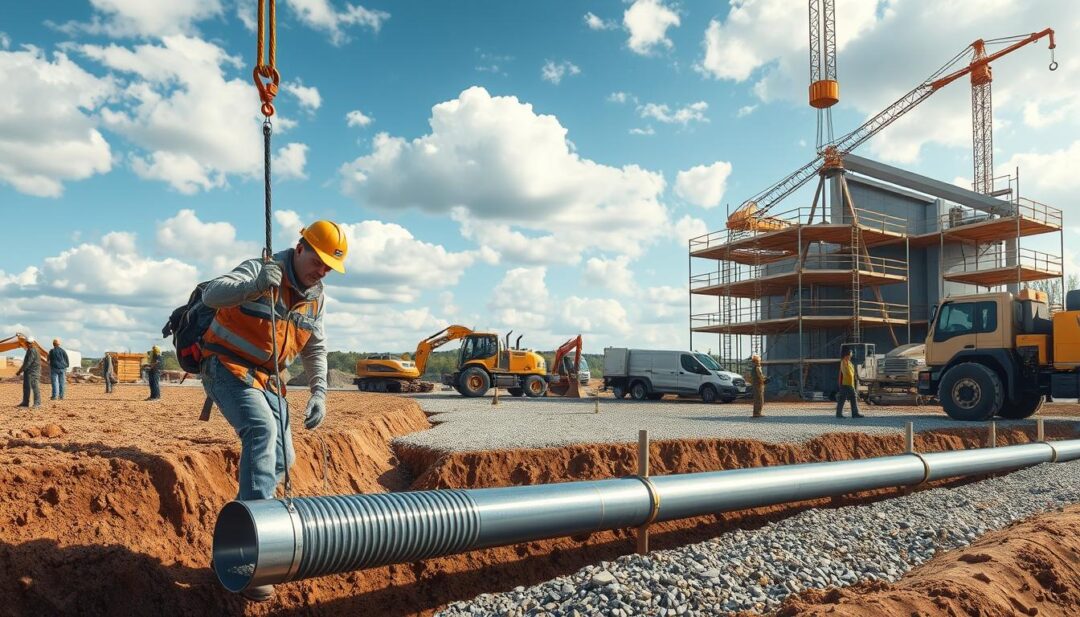
Common Installation Challenges and Solutions
Despite careful planning, challenges can arise during drop pipe installation. Common issues include misalignment, leaks, and damage to the pipe. Solutions involve careful measurement, proper sealing techniques, and protective measures during excavation.
Proper Sealing and Connection Methods
Proper sealing is critical to prevent leaks and ensure the longevity of the drop pipe system. Techniques include using gaskets, welding, and solvent welding, depending on the pipe material.
| Pipe Material | Sealing Method | Advantages |
|---|---|---|
| PVC | Solvent Welding | Strong, chemical-resistant bond |
| Steel | Welding | High strength, durable |
| HDPE | Butt Fusion | Creates a seamless, strong joint |
Safety Considerations During Installation
Safety is paramount during drop pipe installation. This includes wearing protective gear, following excavation safety guidelines, and ensuring proper trench support to prevent collapses.
By adhering to these guidelines and best practices, the drop pipe installation process can be executed safely and effectively, ensuring a reliable and long-lasting plumbing system.
Drop Pipe Maintenance Best Practices
Regular maintenance of your drop pipe is vital to avoid potential issues and prolong its lifespan. Proper care ensures that your plumbing system operates efficiently and effectively, reducing the risk of costly repairs down the line.
Routine Inspection and Cleaning
Regular inspection and cleaning are fundamental to maintaining your drop pipe. Inspect the pipe for signs of wear, corrosion, or damage. Cleaning should be done periodically to remove any debris or sediment that may have accumulated.
Inspection Checklist:
- Look for signs of corrosion or rust
- Check for leaks or cracks
- Inspect the pipe’s connections and fittings
Addressing Minor Issues Before They Escalate
Minor issues, if left unattended, can escalate into major problems. Addressing these issues promptly can save time and money. Common minor issues include small leaks, loose connections, and minor corrosion.
“Regular maintenance is key to preventing major issues. By addressing minor problems early, you can avoid costly repairs and ensure the longevity of your drop pipe.”
Seasonal Maintenance Considerations
Different seasons bring different challenges for your drop pipe. Understanding these seasonal considerations can help you prepare and maintain your pipe effectively.
Winter Preparation in Cold Climates
In cold climates, winter preparation is crucial. Insulating exposed pipes and disconnecting hoses from outdoor faucets can prevent freezing and bursting. It’s also advisable to let cold water drip from faucets served by exposed pipes.
| Season | Maintenance Task |
|---|---|
| Winter | Insulate exposed pipes, disconnect hoses |
| Spring | Inspect for damage, clean out debris |
| Summer | Check for signs of wear, ensure proper drainage |
| Fall | Prepare for winter, drain and insulate |
Troubleshooting Common Drop Pipe Problems
Troubleshooting is a crucial step in maintaining the integrity of your drop pipe system. Drop pipes can be prone to various issues, including leaks, clogs, and pressure problems, which can significantly impact their performance.
Identifying Leaks and Cracks
One of the most common issues with drop pipes is leaks and cracks. These can occur due to corrosion, physical damage, or wear and tear over time. Regular inspections can help identify these issues early. Look for signs of moisture or water damage around the pipe. Using a pressure test can also help detect leaks.
Addressing Clogging and Blockages
Clogging and blockages are another frequent problem. Debris, sediment, and mineral buildup can restrict water flow. To address this, regular cleaning is essential. Using a plumbing snake or hydro-jetting equipment can help clear blockages. Preventative measures, such as installing filters, can also reduce the risk of clogs.
Dealing with Pressure Issues
Pressure issues can also affect drop pipe performance. Both high and low pressure can cause problems, including pipe damage and reduced efficiency. Ensuring that the pressure is within the recommended range for your system is crucial. Installing pressure-regulating valves can help maintain optimal pressure.
When to Call a Professional
If you’re unsure about how to troubleshoot or fix an issue, or if the problem persists after attempting repairs, it’s time to call a professional. A qualified plumber can diagnose the issue accurately and provide a suitable solution, ensuring your drop pipe system operates safely and efficiently.
| Issue | Symptoms | Solution |
|---|---|---|
| Leaks and Cracks | Moisture, Water Damage | Pressure Test, Repair or Replace |
| Clogging and Blockages | Reduced Water Flow | Cleaning, Plumbing Snake, Hydro-jetting |
| Pressure Issues | Pipe Damage, Inefficiency | Pressure-regulating Valves |
When and How to Replace a Drop Pipe
Knowing when and how to replace a drop pipe can save you from costly repairs and potential water damage. A drop pipe is a critical component of your plumbing system, and its failure can lead to significant issues.
Signs Your Drop Pipe Needs Replacement
Several signs indicate that your drop pipe needs to be replaced. These include:
- Visible leaks or cracks in the pipe
- Corrosion or rust on the pipe’s surface
- Reduced water pressure or flow rate
- Unusual noises coming from the pipe
If you notice any of these signs, it’s essential to take action promptly to prevent further damage.
The Replacement Process Explained
Replacing a drop pipe involves several steps:
- Shut off the water supply to the system
- Drain the pipe and remove any debris
- Disconnect the old pipe from the fittings and connections
- Install the new pipe, ensuring it’s properly sized and configured
- Reconnect the fittings and connections
- Test the system for leaks and proper function
Cost Considerations for Replacement
The cost of replacing a drop pipe can vary significantly based on factors such as the pipe’s material, size, and the complexity of the installation.
DIY vs. Professional Replacement
While some homeowners may consider replacing a drop pipe themselves, it’s often a task best left to professionals. Professional plumbers have the necessary expertise and equipment to ensure the replacement is done correctly and safely.
“Hiring a professional to replace your drop pipe may seem more expensive upfront, but it can save you money in the long run by preventing costly mistakes and ensuring the job is done right the first time.”
In conclusion, replacing a drop pipe is a significant task that requires careful consideration. By understanding the signs that indicate the need for replacement, the replacement process, and the associated costs, you can make informed decisions about your plumbing system.
Conclusion: The Vital Role of Drop Pipes in Modern Plumbing
Drop pipes play a crucial role in modern plumbing systems, serving as a vital component in various applications. Understanding the advantages and disadvantages of drop pipes is essential for effective plumbing system design and maintenance.
The advantages of drop pipes include their ability to efficiently manage water flow, reduce pressure, and provide a reliable means of conveying liquids. However, drop pipes also have disadvantages, such as potential for clogging, corrosion, and the need for regular maintenance.
By understanding the benefits and drawbacks of drop pipes, individuals can make informed decisions about their use in plumbing systems. Proper installation, maintenance, and replacement of drop pipes are critical to ensuring the overall performance and longevity of the plumbing system.
In conclusion, drop pipes are a fundamental component of modern plumbing, offering a range of benefits when properly designed, installed, and maintained. By recognizing the importance of drop pipes and their role in maintaining efficient plumbing systems, individuals can take steps to optimize their performance and minimize potential issues.

